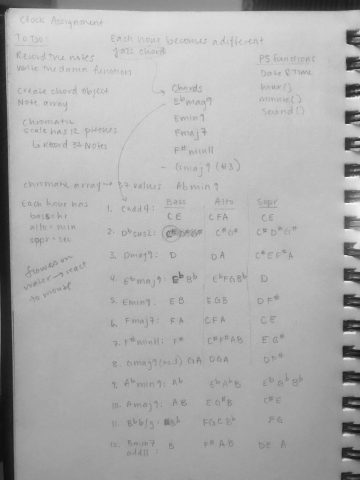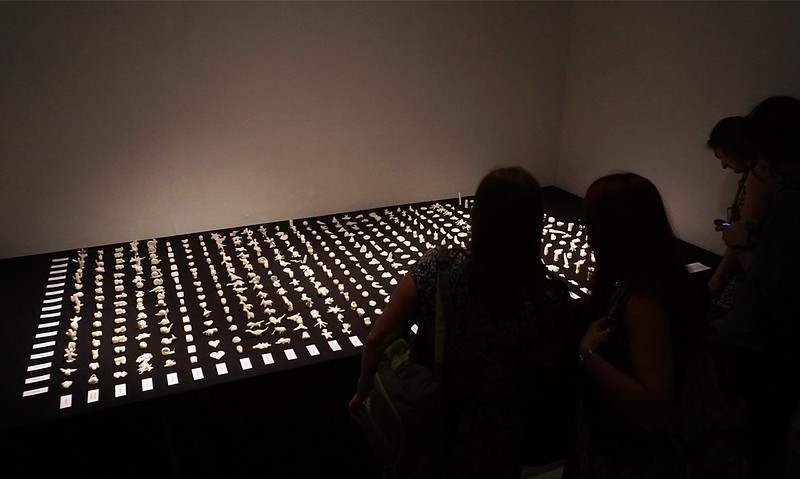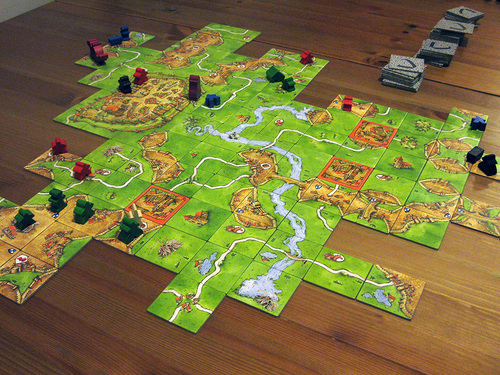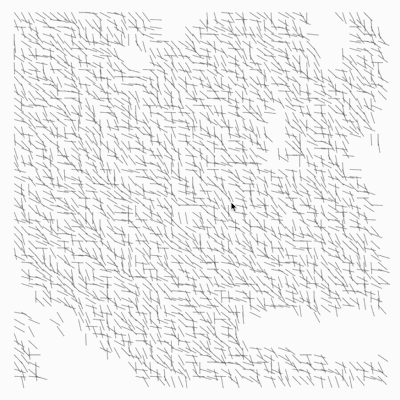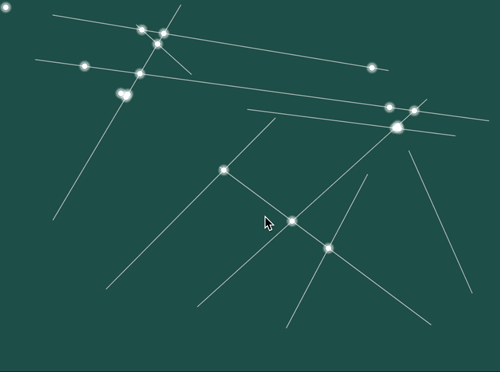
She struts in all of her muscular glory! Sketch can be found here.
I immediately decided that I wanted to do a walk cycle for the loop, since it is something I've become very familiar with and makes sense as an infinite loop. In honor of Sophie Koko Gate's new animated short, "Slug Life", I decided to draw a character inspired by one of her characters.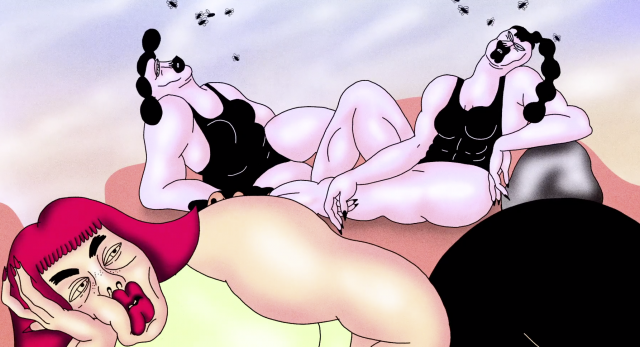
I ended up using two different ease functions from the imported p5 library - sineInOut() for the arm and leg swing motion, and circularArcThroughAPoint() for the bouncing walk motion. I wrote the program without using object oriented programming, which was a big mistake on my part, but I was too far in to go back and change it. Drawing with arcs was definitely the most time consuming part of this assignment, as I had a clear idea of what I wanted my character to look like.

If I had more time I would add features like swinging hands and fingers, bending feet, and a moving background. I also would like to figure out a cleaner way to offset the swinging of her arms; although I ended up liking how she cartoonishly swings her hands when she walks, it was not what I originally intended.

